Mopria: Changing the way we print
Mobility has changed the way we work, now the Mopria Alliance is changing the way we print.
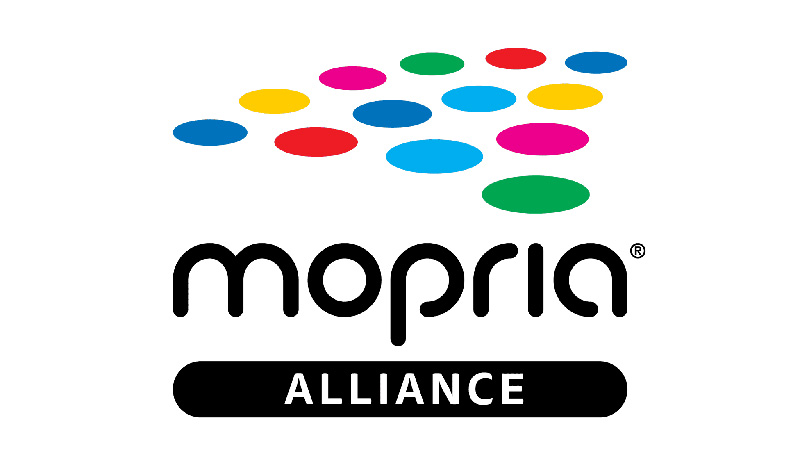
In February 2014, the HP MFP M476 became the first printer to be certified by the Mopria Alliance, demonstrating both printing's continued importance in the modern workplace and that it can really work in the mobile-first, cloud-first world.
It has since been joined by almost 100 other HP printers, plus several models from Canon and Lexmark.
But who is the Mopria Alliance? And what does Mopria certified mean for businesses?
In the beginning
The pace of change in computing over the past ten years has been phenomenal. From being chained to our desks by PCs to partial mobility with laptops, through to fully-fledged liberty through tablets, hybrids and smartphones, the ability to work from anywhere with ease has changed the face of how we work today.
However, there was one aspect of the traditional office that had failed to keep up: the printer.
Despite years of talk about the "paperless office", printed materials remain an important part of virtually all roles. But, the ease with which you can print from traditional desktop hardware and laptops never quite made it to mobile devices.
This is a real problem for workers today. Research by IDC has shown people want to print everything from boarding passes to business documents to hotel reservations with their mobile devices.
However, the same research showed 50 per cent didn't know how to print from their mobile device, while investigations by InfoTrends have shown most mobile printing solutions lack compatibility with other printers and mobile devices.
The founder members of the Mopria Alliance, HP, Canon, Samsung and Xerox acknowledged this issue and, in September 2013, came together to, in the words of the Mopria manifesto, "make mobile printing as easy as printing from your ofce or home PC" - and ultimately make it easier.
Seamless printing for a mobile age
The stated goal of the Mopria Alliance is to provide "simple wireless printing from smartphones, tablets and other mobile devices".
In practice, this means setting standards that promote interoperability between mobile and print devices.
The Mopria standard is comprised of four components: Connection, Print System, User Experience, and Open API.
Connection simply deals with the ways in which a user can connect to the printer, which currently include being on the same network as the printer, Wi-Fi Direct peer-to-peer technology, Ethernet, or NFC.
Print System, which is based on Wi-Fi Direct Services Print and the industry standard Internet Printing Protocol, is a function built into the mobile OS that allows printers to be discovered before establishing the peer-to-peer connection to the printer. This means the users can establish a connection to their printer without being weighed down by having to install any special apps.
User Experience refers to minimum standards, such as keeping the user interface simple and ensuring continuity across devices.
Finally, the Open API ensures mobile app developers can easily integrate print functions for Mopria standard devices into their software.
These components lay the groundwork for bringing together the mobile experience with printing seamlessly.
As Emily Ketchen, VP of marketing at HP, said: "As manufacturers begin to implement a unified printing standard, customers will discover an entirely new way to print from their mobile devices all without added set up procedures or app downloads."
Mobile on board
The greater part of the world's leading printer manufacturers are now members of the Mopria Alliance, having recognised the importance of mobile printing for today's businesses. However, you need software companies on board too if an initiative like this is going to work.
This is why Google's incorporation of a Mopria plug-in into its newest version of Android - 4.4 KitKat - was so important for the movement.
The plug-in, which was announced in February 2014 and released the following month, included NFC tap-to-print technology, so users can simply tap their device on a Mopria certified printer in order to produce a hard copy of their document.
At the same time, Adobe, Conexant, and Monotype - some of the biggest names in creativity and design - were welcomed into the Alliance, along with printer manufacturers Brother, CSR, Epson, Konica Minolta, Kyocera, Lexmark, Marvell, Pantum and Ricoh.
This lent even more credibility to the movement and furthered Mopria's mission to provide a single, achievable standard for printing from any device to any printer.
Printing from anywhere - the next office revolution?
The idea of making wireless printing from smartphones, tablets and other mobile devices as simple or even more simple than printing from your home or office isn't just a nice-to-have feature, though.
According to Karl Dueland, vice president of the solutions delivery unit at Xerox, this technology could change the way work gets done.
"We believe the workflow improvements of mobile printing, when done right, will have an incredibly powerful impact," he said.
Sungho Choi, vice president of standards and technology enabling at Samsung - which like HP is in the unusual position of making both printers and mobile devices - added: "The lack of easy print solutions has limited the usage of features and applications in mobile devices.
"The Mopria Alliance will open up the opportunity for innovative and convenient mobile printing and as well as the use of mobile devices."
Indeed, with the ability to print anywhere from any device, employees can be more flexible and responsive, and really take advantage of everything mobile computing has to offer, which makes for a happy workforce and a more productive office.
For more advice on transforming your business, visit HP BusinessNow
Sign up today and you will receive a free copy of our Future Focus 2025 report - the leading guidance on AI, cybersecurity and other IT challenges as per 700+ senior executives

Jane McCallion is Managing Editor of ITPro and ChannelPro, specializing in data centers, enterprise IT infrastructure, and cybersecurity. Before becoming Managing Editor, she held the role of Deputy Editor and, prior to that, Features Editor, managing a pool of freelance and internal writers, while continuing to specialize in enterprise IT infrastructure, and business strategy.
Prior to joining ITPro, Jane was a freelance business journalist writing as both Jane McCallion and Jane Bordenave for titles such as European CEO, World Finance, and Business Excellence Magazine.
-
 UK government confirms October cyber breach: Everything we know so far
UK government confirms October cyber breach: Everything we know so farNews Details around Foreign Office hack remain sparse and government says it's unclear who is behind the attack
-
 Data center investment reached a record $61 billion this year
Data center investment reached a record $61 billion this yearNews Hyperscaler expansion, private equity interest, and a surge in debt financing are behind skyrocketing investment levels
-
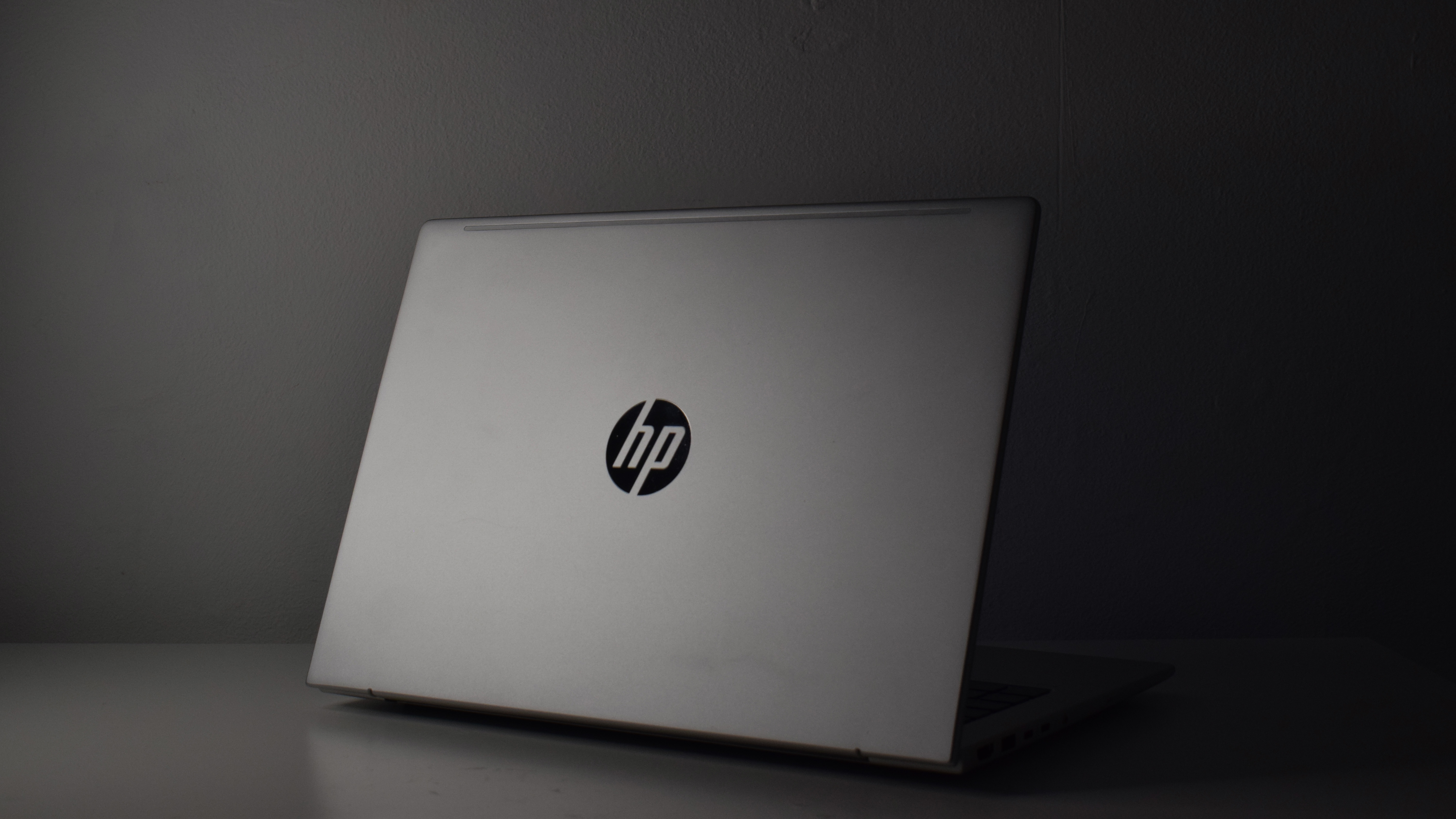 HP ProBook 4 G1a review: A no-frills business machine for the average office
HP ProBook 4 G1a review: A no-frills business machine for the average officeReviews A serious but dull business laptop, however, HP's ProBook 4 is a decent middle-tier machine
-
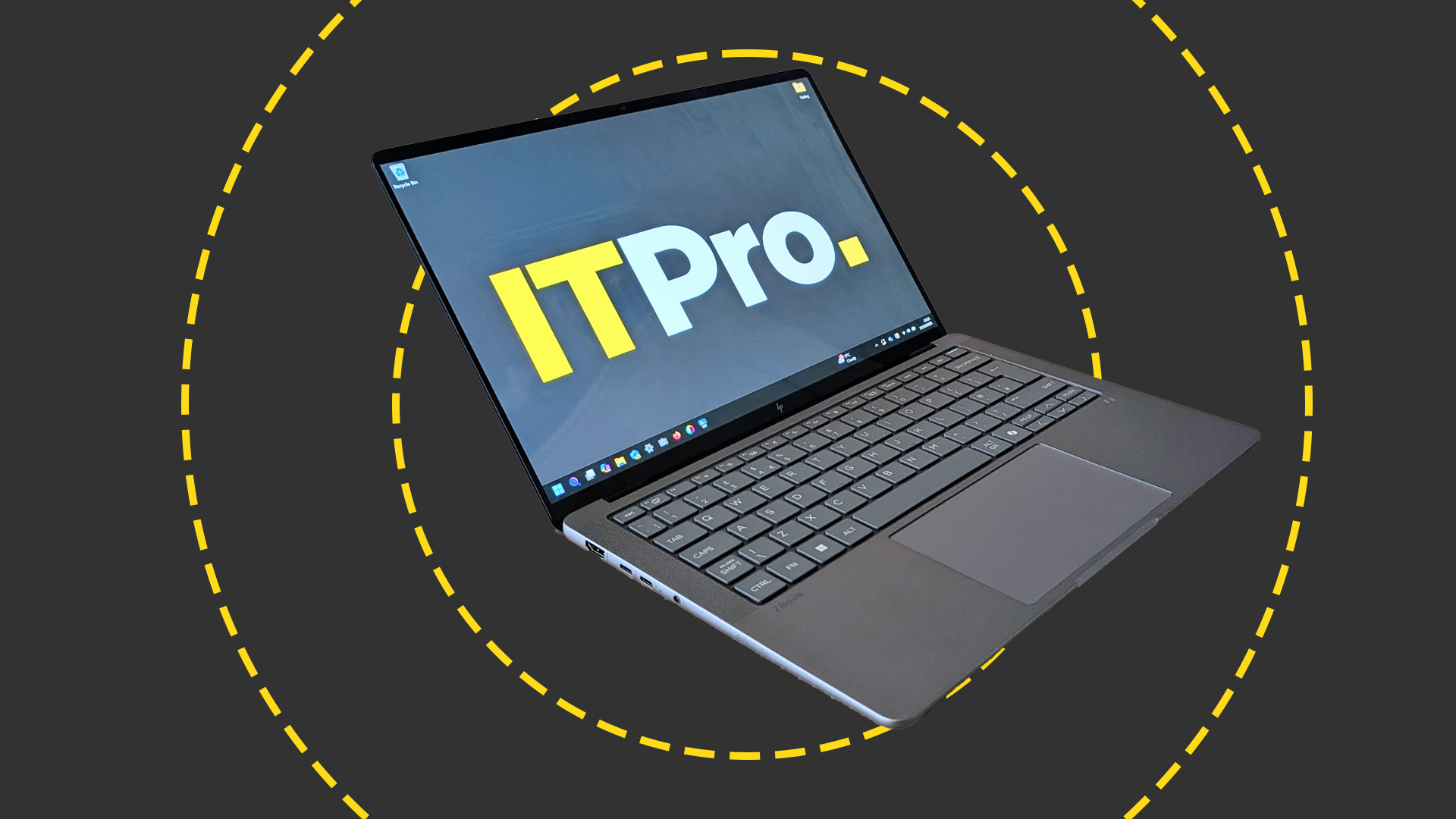 The HP ZBook Ultra G1a offers truly impressive levels of performance – a genuine game-changer
The HP ZBook Ultra G1a offers truly impressive levels of performance – a genuine game-changerReviews AMD's new Ryzen AI Max+ 395 redefines what we can expect from a laptop chipset with an integrated GPU and delivers outstanding performance
-
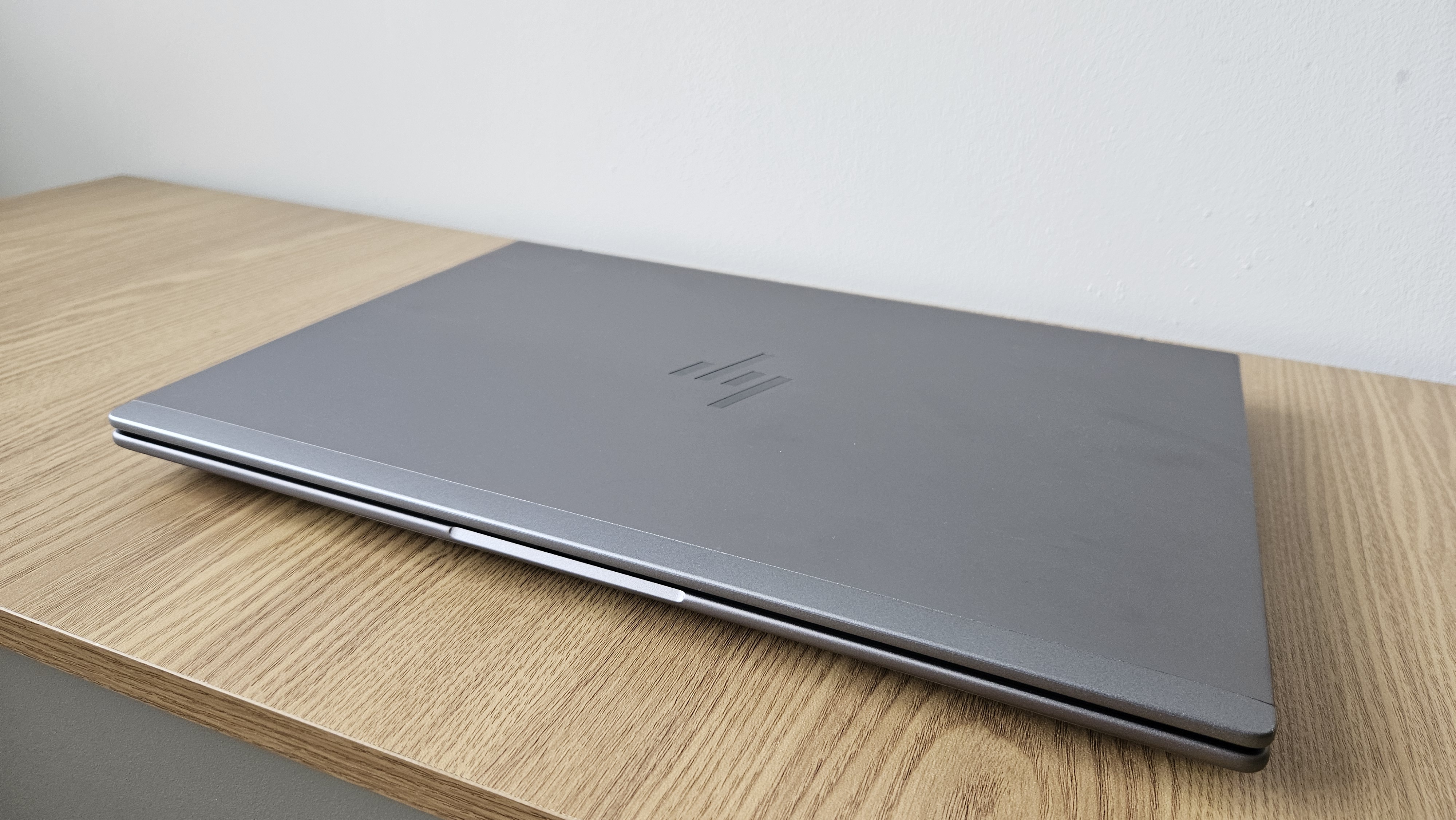 The HP ZBook X G1i is a full-throttle juggernaut – you couldn't ask for much more from a workstation
The HP ZBook X G1i is a full-throttle juggernaut – you couldn't ask for much more from a workstationReviews The HP ZBook X G1i offers almost everything you could want from a workstation, and it's delightful to use
-
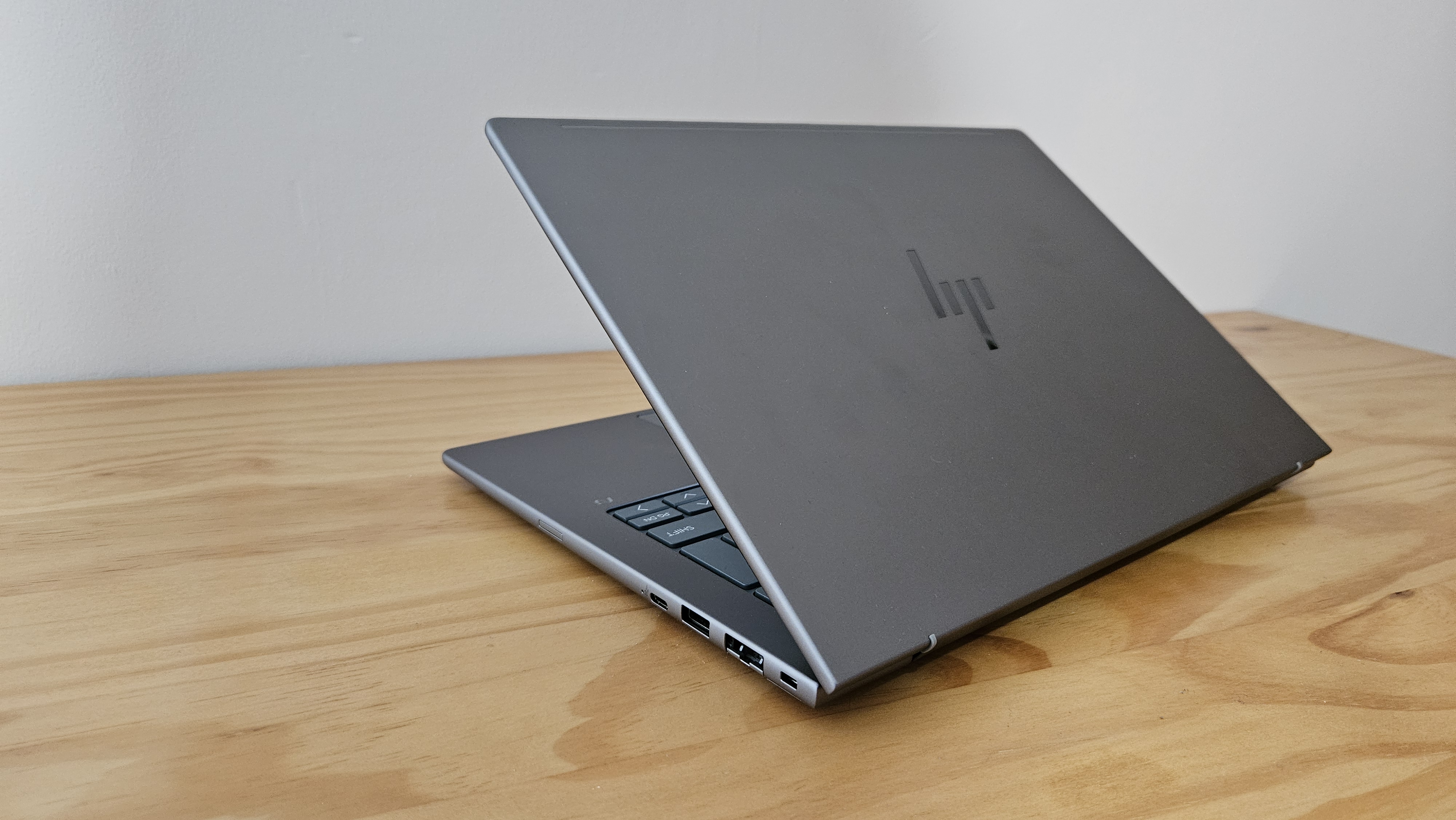 HP ZBook 8 G1ak 14 review: Plenty of promise but falls short
HP ZBook 8 G1ak 14 review: Plenty of promise but falls shortReviews This portable mobile workstation promises so much but fails to deliver in a few key quarters – meaning it's hard to justify its price tag
-
 We're in the age of "mega-tasking," and here's what HP is doing about it
We're in the age of "mega-tasking," and here's what HP is doing about itnews The world's first ultrawide conferencing monitor and a Nvidia-powered workstation aim to tackle our growing work demands
-
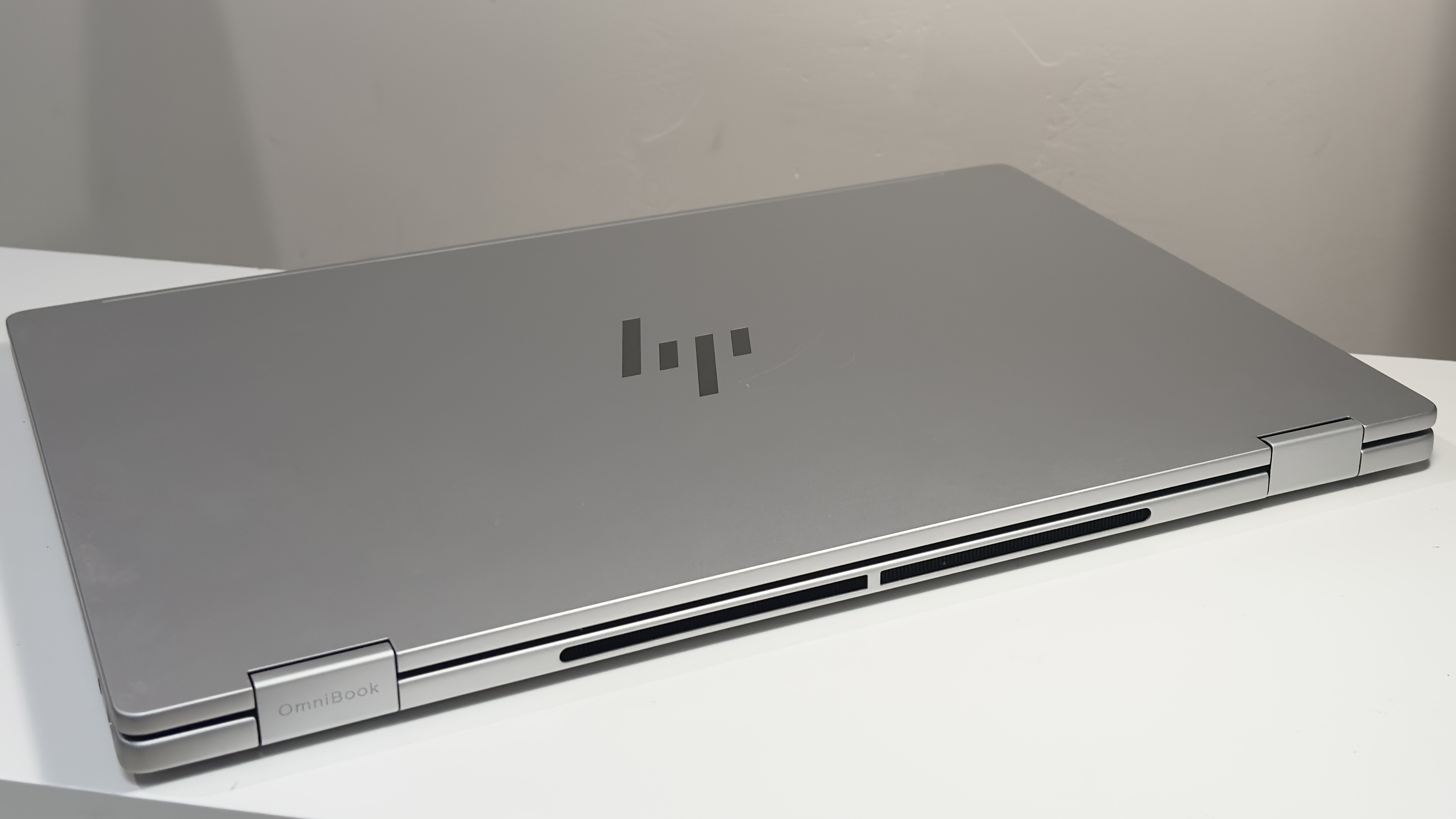 The HP OmniBook X Flip 16 is a brilliant, big, beautiful 2-in-1 laptop – but it's also an absolute bargain
The HP OmniBook X Flip 16 is a brilliant, big, beautiful 2-in-1 laptop – but it's also an absolute bargainReviews HP pairs a gorgeous OLED touchscreen with a smart 2-in-1 design – the result is a superb everyday laptop for sensible money
-
 AI PCs are paying dividends for HP as firm reports sales surge
AI PCs are paying dividends for HP as firm reports sales surgeNews HP has pinned recent revenue increases on Windows 11 and AI PC sales
-
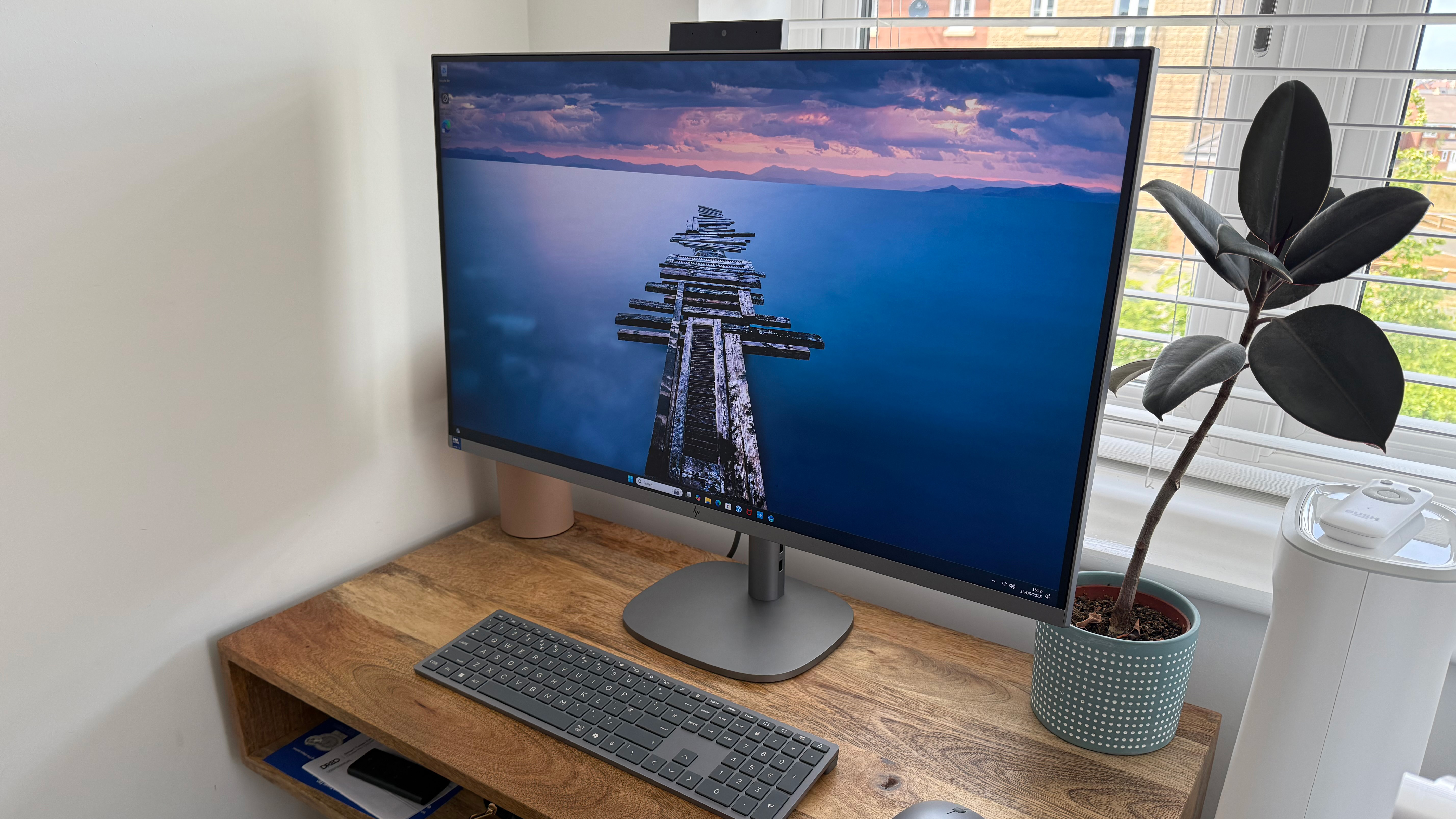 The HP OmniStudio X is a powerful, design-led all-in-one for creative work – but it could do with a stronger GPU
The HP OmniStudio X is a powerful, design-led all-in-one for creative work – but it could do with a stronger GPUReviews HP's answer to the iMac is a premium all-in-one that blends powerful performance with sleek design
